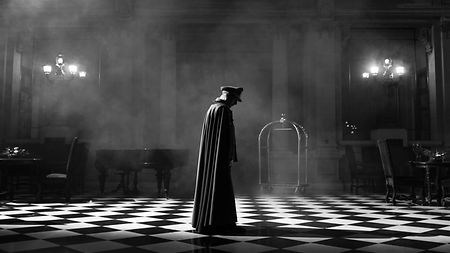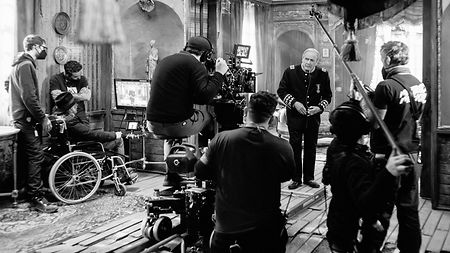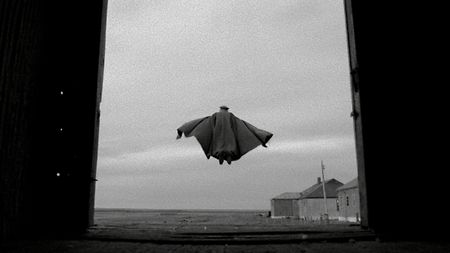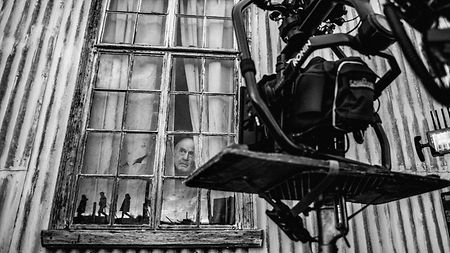What if Augusto Pinochet, the dictator who haunted Chile from 1973 to 1990 with impunity, never truly died? What if he were a 250-year-old vampire now bored of this world, worn down by familial strife and his own murderous misdoings, symbolizing a nation's unresolved pain and the allure of unchecked power? How can a filmmaker confront the captivating beauty emerging from such a malevolent metaphor tragically anchored in real trauma? These are the essential threads weaving through "El Conde," produced for Netflix by director Pablo Larraín's Fabula Productions and shot by renowned cinematographer Ed Lachman ASC.
Larraín is a native Chilean writer, producer, and director, best known internationally for his fictionalized portraits "Jackie" (2016) and "Spencer" (2021). Lachman recalls that when he got involved with "El Conde," Larraín talked about wanting to shoot in black and white right from the beginning. "The abstract and distant nature of black-and-white cinematography seemed right," says Lachman. "The film uses the vampire genre as a literal and metaphorical way of telling a story about political upheaval in Chile in the 1970s."

Director Pablo Larraín on set.









